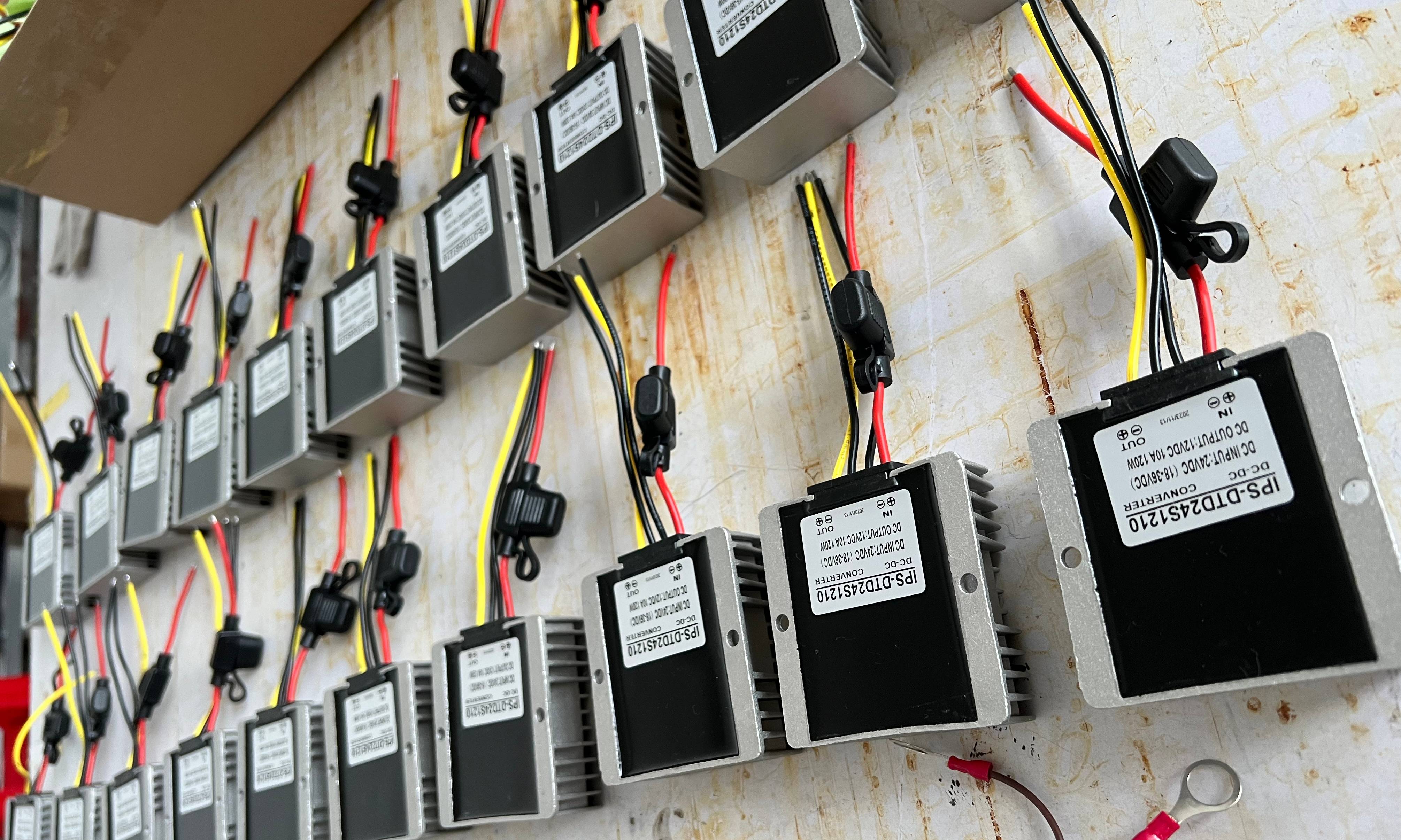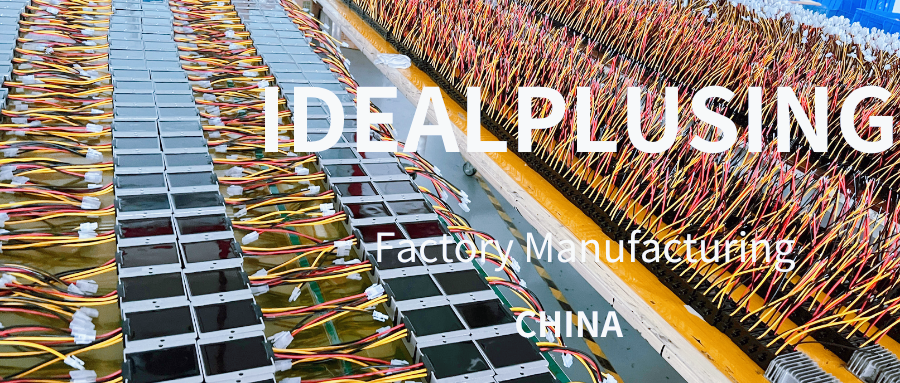A DC converter is an electronic circuit that can convert an input DC voltage into a different DC voltage. It is widely used in modern electronic devices and power management systems. The following will discuss in detail the working principle, types and main functions of DC converters.
Working principle of DC converters
The working principle of DC-DC converters (DC-DC converters) is mainly based on switching power supply technology, which regulates voltage and current through high-frequency switching. The working process of DC-DC converters includes the following steps:
1.Energy storage phase: When the controllable switch (such as MOSFET) is turned on, the input voltage is connected to the capacitor or inductor through the switch, and the electrical energy is stored.
2.Energy release phase: When the switch is turned off, the capacitor or inductor releases the stored energy and provides the output voltage to the load.
3.Voltage regulation: By controlling the on and off time (duty cycle) of the switch, the output voltage can be adjusted. The duty cycle refers to the ratio of the switch on time to the entire switching cycle. The change in duty cycle directly affects the output voltage.

Main types of DC converters
DC converters are mainly divided into the following types:
1. Boost converter
Boost converters increase the input voltage to a higher output voltage. Its working principle is to store energy when the switch is on and release the stored energy to the load when the switch is off, thereby increasing the output voltage.
2. Buck converter
The buck converter is used to reduce a higher input voltage to a lower output voltage. The voltage reduction is achieved by controlling the on and off time of the switch.
3.Buck-boost converter
The buck-boost converter can achieve both boost and buck functions, and the output voltage can be higher or lower than the input voltage. This flexibility makes it widely used under unstable power supply or changing load.
4. Isolated converter
This converter can both boost and buck voltage by achieving electrical isolation through a transformer. This method can not only change the voltage, but also improve the safety and anti-interference ability of the system.
The main role of DC converter
The DC converter plays a vital role in many applications, mainly including the following points:
1. Power management
In portable devices (such as smartphones, tablets, and laptops), DC converters can efficiently regulate and convert power supply to extend the service life of the equipment.
2. Voltage regulation
In industrial equipment and power supply systems, DC converters can ensure stable voltage output to meet the operating requirements of different equipment and avoid voltage fluctuations from damaging the equipment.
3. Improve energy efficiency
DC converters use the switching mode working principle, which is more energy efficient than traditional linear regulators, especially when dealing with high-power applications, it can significantly reduce energy loss.
4. Battery charging and management
In the battery charging system, the DC converter can adapt to different types of batteries and provide them with appropriate charging voltage and current to optimize the charging process and increase the battery life.
5. Integration and miniaturization
With the development of technology, modern DC converters are becoming more integrated and smaller, which is convenient for designing small electronic devices, allowing electronic products to meet higher requirements in performance and appearance.
Summary
DC converters provide stable and efficient power solutions by effectively converting voltage. Whether in daily consumer electronics or in industrial and power management systems, DC converters are important components to ensure performance, efficiency and safety.








